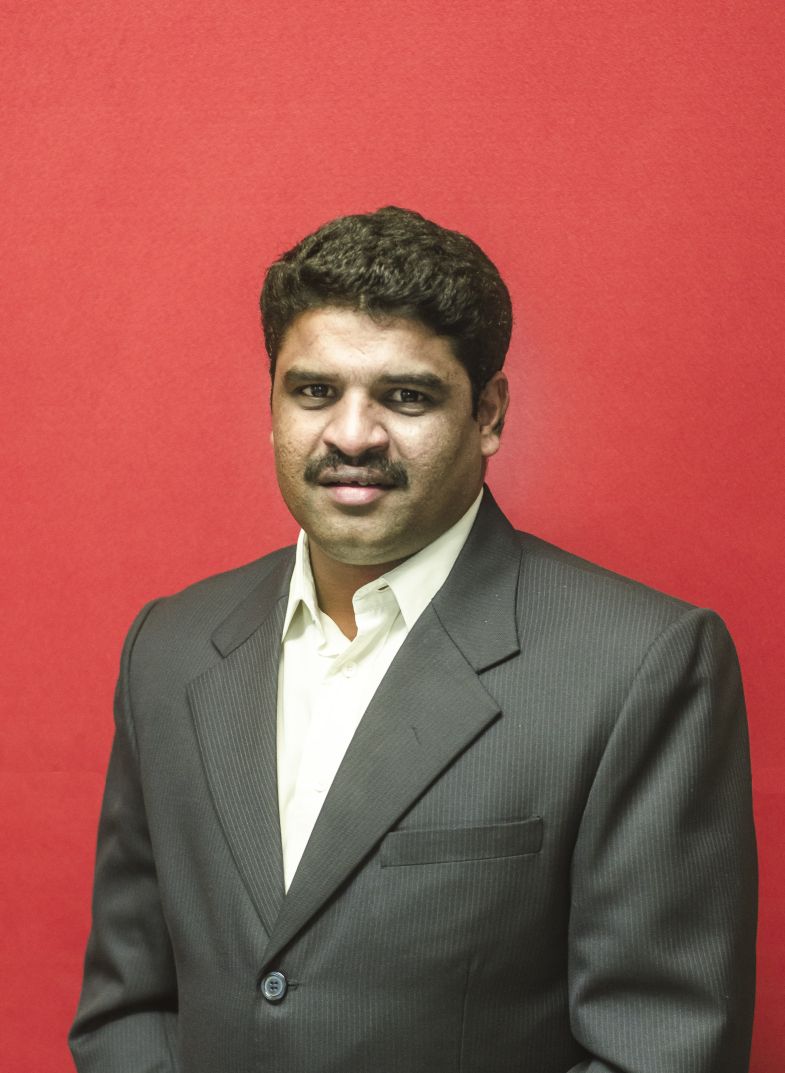Head of Design and Build Projects-RSP Build Projects Pvt. Ltd. (Interview PART-1)
“One must also be willing to take on the pressure that comes with being a leader, without transferring that pressure to the rest of the team.”, says Prakash Subramani, of RSP Build Projects Pvt. Ltd.
In his initial days, Prakash Subramani, Head of Design and Build Projects at RSP Build Projects Pvt. Ltd. and his team started working as a corporate client who did only interior fitting projects; he did not explore further in order to avoid commercial risks, contractual execution and pay cuts or delayed payments.
Talking about his background and how he stepped into architecture, Mr. Subramani reminisces being born and raised in Bangalore, where he faced his fair share of hardships while growing up. His father was a professional in construction work, and having quite the experience in the industry, felt that Prakash would not have a bright future in the same field. He, therefore, encouraged his son to pursue his studies in civil engineering and eventually, start his architecture firm.
Prakash received a referral from a family member for his first architectural job. He began working at an architecture firm in Jayanagar called Shyam Sundar & Manjunath Architects, in the late nineties. They had a reputation for building residential units, namely bungalows and apartments, along with large residential projects in Basawanagudi. Mr. Subramani worked in manual drafting for a year. Back then, computers and computer-assisted design (CAD) software were not the norms; our esteemed speaker fondly recalls using tracing sheets in blueprints.

However, Prakash spoon started feeling that he was being confined to one task, especially since he wanted to see his work being put to use. In other words, he wanted to see the materialization of his plans. His neighbor then referred him to Rudresh Associates, an organization which at that time, had been working on numerous industrial projects, such as Molex in Whitefield, Bengaluru. They had also worked on a three-star hotel in Mangaluru, Mangalore Breweries and Distilleries Limited, a Dental Hospital in Mangaluru and a unit administrative office for Lanyard Foods Limited in the same city. This inspired him to join Rudresh Architects.
In the new company, Mr. Subramani was not confined to drafting, and he could visit the sites for each project he worked on. He recalls travelling to Goa for work on pub interiors, to Hyderabad as well as Davanagere. His work at Rudresh Architects involved site visits, QS coordination, client coordination and MEP. He worked there for three years, and he recounts his time being very productive. However, he realised towards the end of his third year that he would not make much progress in an architecture firm without a Bachelor’s Degree (B. Arch) in architecture. He also believed that to gain more knowledge and experience in construction, he should pursue contracting. He had worked as a civil contractor for about three years at this point, and trusted his potential to pursue this career path.
This led him to interior contracting which came with a lot of financial advantages. Up until 2000, interior projects would take four to six months to complete; but now such projects take a maximum of three months to achieve completion.
His next venture led him to join Monolith Interiors where Prakash worked from 1999 until 2002. He made his presence felt there while working on large projects at a relatively younger age. He even impressed Thomas Associates, who lauded the way he handled the execution of a project for BPL. He then went on to work on projects at regions in Chennai and Hyderabad for IT companies, on behalf of his new company. He eventually quit Monolith Interiors and returned to Rudresh Architects. The reason behind his decision was that, at the time, the latter were handling numerous large projects and his assistance was specially appreciated and desired. He worked with them as a consultant this time. After a year, he joined Cushman and Wakefield.
He had worked on small interior projects with Rudresh Architects and Monolith Interiors. As a PMC, however, he managed projects of varying qualities and magnitudes: MEP, civil construction as well as interiors. He also contributed to a number of Greenfield projects were taking place at that time.
In 2004, he joined Cushman and Wakefield, who were working with Tesco as a client in Whitefield. This was one of the large Greenfield projects taking place at the time. They had also been working with Macromedia as a client, besides Goldman Sachs and LSA Logic. This allowed Prakash to explore a completely different domain.
Up until then, our esteemed speaker had been good at managing onsite construction. This was the first time he would be working on a Microsoft Project. Mr. Subramani had the right construction knowledge but to put all the information into a program such that the sequence could be visualised, came with a new learning curve for him, detailing a new process and an innovative documentation method. To be continued. >>
